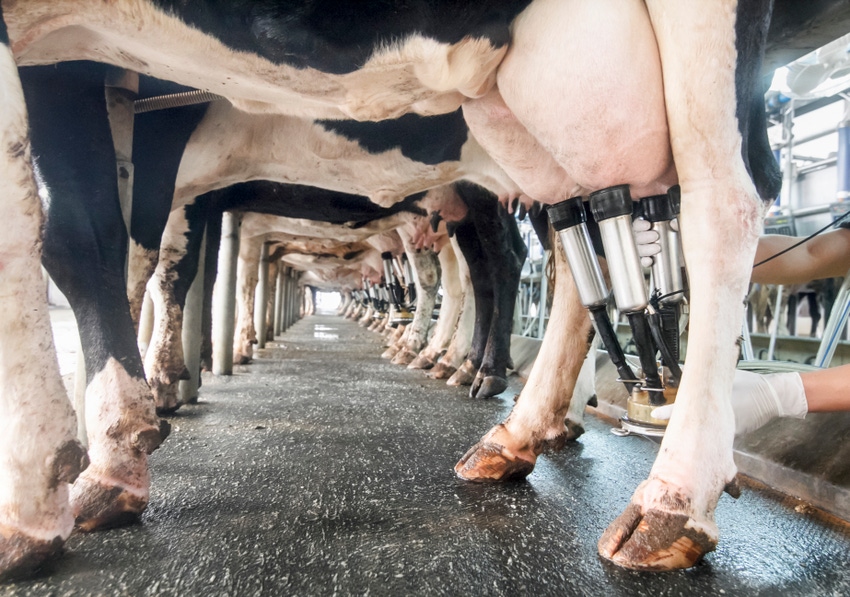Current precision livestock farming applications for managing dairy cow health are often slow in identifying diseases.
November 13, 2019

Dairy farmers need to identify sick cows as quickly as possible so they can provide the right treatment in time. To help farmers do this, Wageningen University & Research (WUR) doctoral student Xiangyu Song has developed an automated three-dimensional (3D) system for monitoring dairy cows.
In an announcement, Netherlands-based WUR said the system uses 3D cameras to monitor cows for bodily changes and rumen movements. Movements of the reticulum, body size and body condition score (BCS) are all automatically monitored, and deviations are recorded.
These physical characteristics can provide farmers with essential information for monitoring the daily health and nutritional management of the herd, WUR said. The process is automated, non-invasive and welfare friendly and, therefore, suitable for widespread use on the commercial dairy farms of the future.
"The system worked successfully in the experiments. I compared the automated measurements with expert assessments, and the differences were negligible," Song said. "The 3D system was tested on a commercial dairy farm, monitoring individual cows for more than two months. We discovered that the condition of the animals responded quickly to the change from silage to fresh grass. The changes in rumen movements were successfully recorded by the 3D system. Changes in the BCS also confirmed the change of diet, but these followed many days later."

The new 3D system is a form of precision livestock farming, WUR said. This more accurate method of farming is booming due to the advent of new sensor technologies, and data generated by these technologies help farmers make informed decisions so they can use the systems to make their businesses more economically, socially and environmentally sustainable, according to WUR.
Although current precision livestock farming applications for managing dairy cow health are often slow in identifying diseases, the announcement said, the system developed in this doctoral research enables farmers to monitor the biological processes more closely. This allows them to identify the development of metabolic abnormalities more quickly and to intervene proactively before a problem with the livestock materializes as a disease.
Song's doctoral dissertation, "The Skin-Deep Beauty of Dairy Cows. Investigation of Metabolic Disorders by Using Morphological Traits Quantified with 3-Dimensional Vision," was supervised by P.W.G. Groot Koerkamp and co-supervisors E.A.M. Bokkers and P.P.J. van der Tol.
Source: Wageningen University & Research, which is solely responsible for the information provided and is wholly owned by the source. Informa Business Media and all its subsidiaries are not responsible for any of the content contained in this information asset.
You May Also Like
.png?width=300&auto=webp&quality=80&disable=upscale)


